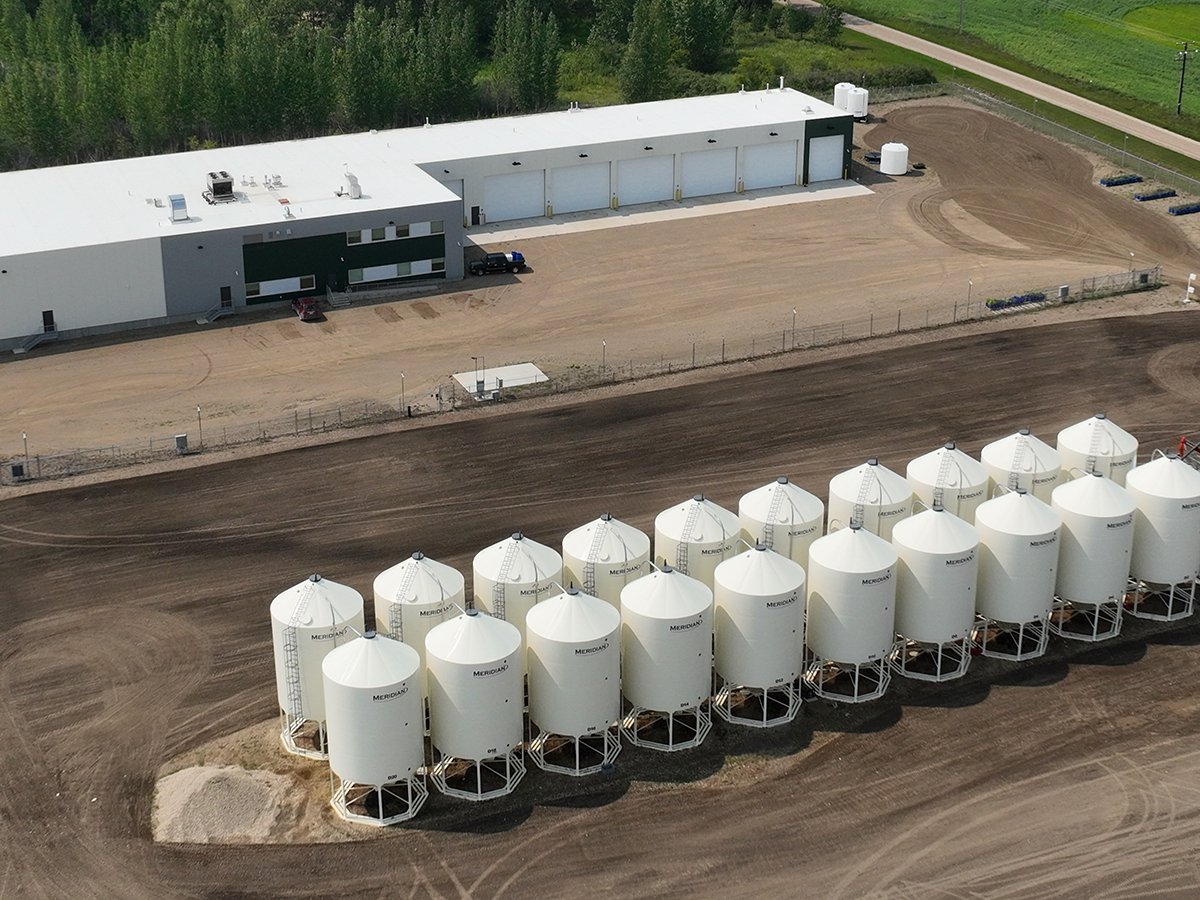Soap holes can be a minor nuisance or a major mud hole capable of sinking a combine.
University of Calgary researchers are investigating the geological phenomena known as soap holes, which have been documented since Alberta was homesteaded.
So far, soap holes have been found from Calgary to Red Deer with a few reports as far south as Medicine Hat and one in southwestern Saskatchewan.
An online survey is available for landowners to report them so researchers from the faculty of environmental science can document and test them.
Read Also

Saskatchewan firm aims to fix soil with compost pellets
In his business, Humaterra, Leon Pratchler is helping farmers maximize yields in the weakest areas of their fields through the use of a compost pellet.
No one is sure what causes them or what kind of underground formation may be connected to them, said geoscience student Jake MacLaine.
“It is a bit like quicksand, but it is a bit more cohesive. We think there is more clay in it,” he said.
“Some reports say they come and go from year to year,” he said.
They are called soap holes because the consistency of the mud feels liked melted soap.
“The original research that was done in the ’60s explained it as a groundwater discharge and that it would intercept some unconsolidated sediments in the substrate. We are testing that hypothesis,” he said.
They appear to be patches of soil weakness and may be a combination of clay, silt, sand and water. Some are small, while others have been reported to be as much as 70 metres across.
“Some of them have water that burbles up and some of them have a crust,” he said.
They often have some groundwater seepage associated with them, and do not always freeze in the winter.
There is no consistency in where they are found but with further study of geological features like bedrock maps, they hope to see if these holes line up or are associated with some other anomaly.
Livestock has been known to fall in and farm machinery can sink in and get stuck. It is unknown how deep they might go and sometimes things like bison bones rise to the surface.
For further information on the study, contact Jake MacLaine at jamaclai@ucalgary.ca or visit fluidsurveys.com/s/soap-holes/.
Contact barbara.duckworth@producer.com
















